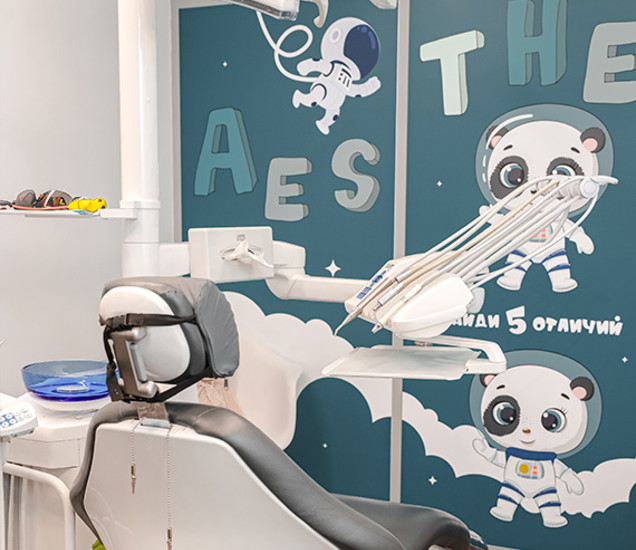In modern dentistry, crowns made from various materials, including ceramic, are widely used for tooth restoration. The combination of a natural appearance, strength, and durability makes them especially popular. The AESTHETE dental clinic offers services for the installation of ceramic crowns.
What is a ceramic crown
This is a type of dental prosthesis made from ceramic. Depending on the clinical situation, it can be placed:
- on a partially damaged tooth — it needs to be pretreated;
- on an implant — a metal post that is implanted into the jaw.
Dentists offer solutions tailored to each patient, taking into account the specific features of their dental and jaw structure and the shape of neighboring teeth. Due to the semi-transparency and characteristic shade of the material, such crowns look realistic and are hard to distinguish from natural teeth. This is especially important for those who care about their appearance, frequently communicate with others, or speak in front of an audience.
A distinctive feature of ceramic prosthetics is the absence of a metal framework. That’s why they are also known by another name — metal-free.











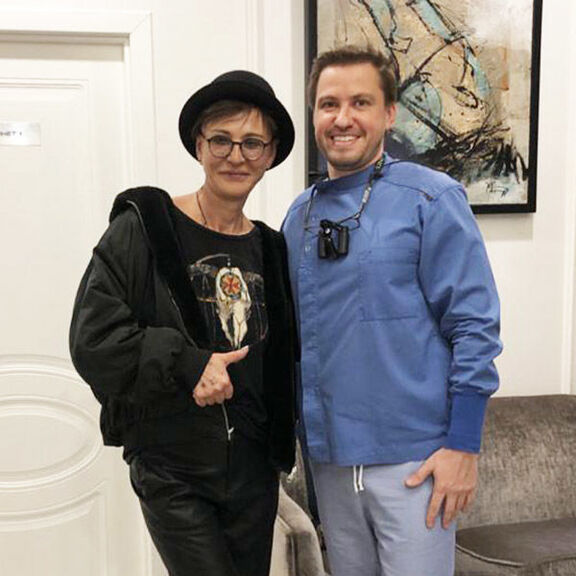

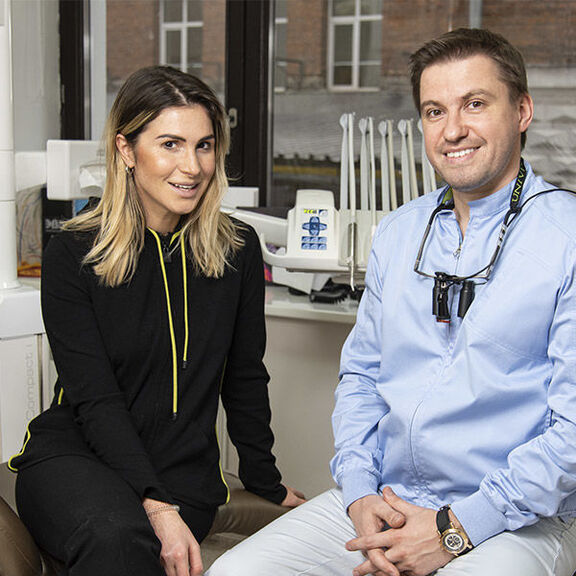




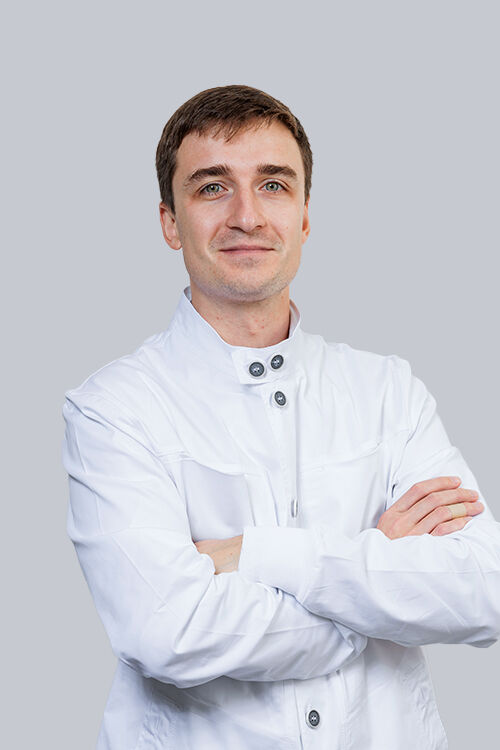











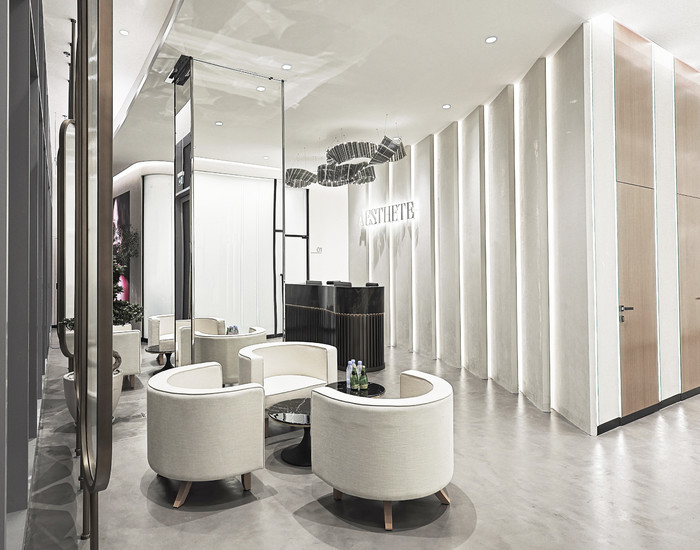
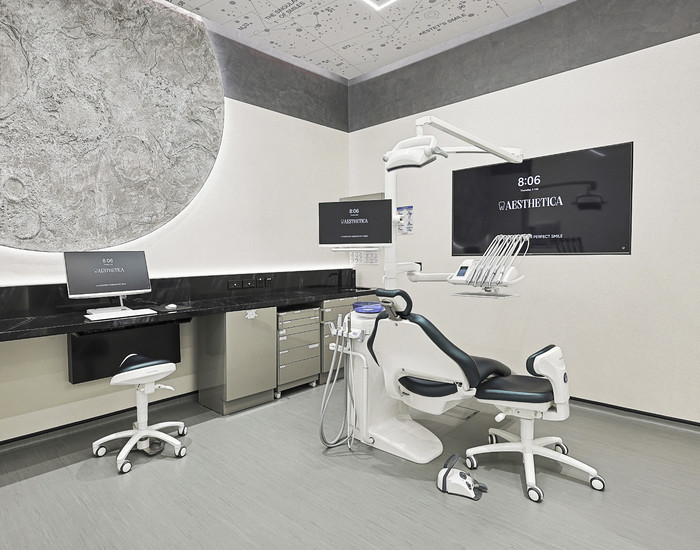
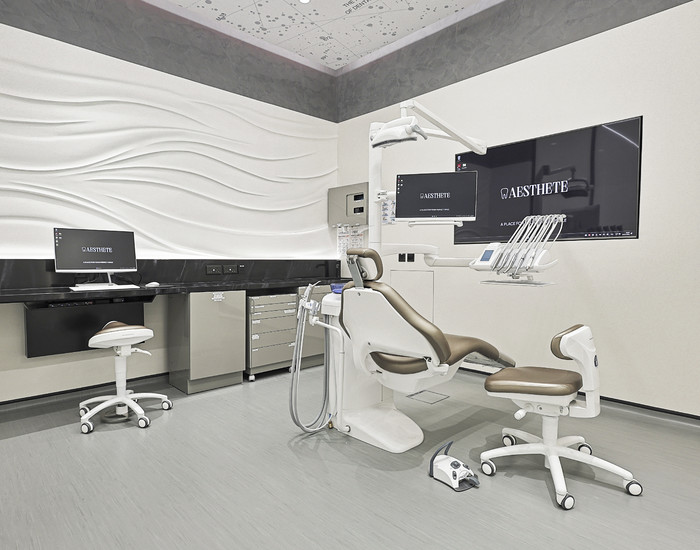






_700x550_ac7.jpg)
